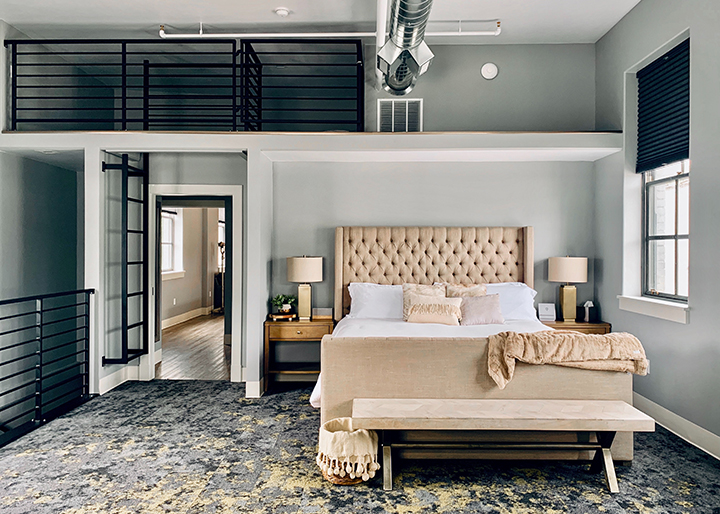The Long and Short of Short-Term Rentals
Generate Income and Have a Place to Vacation By Jennifer Stoops Investing in real estate is becoming a very common strategy among those looking to build wealth and diversify their investment portfolio. Single family residential assets have long been the key target of real estate investing with multi-family assets coming in at a very close second. In more recent years, a new player has joined the real estate investing strategy,
Read More












